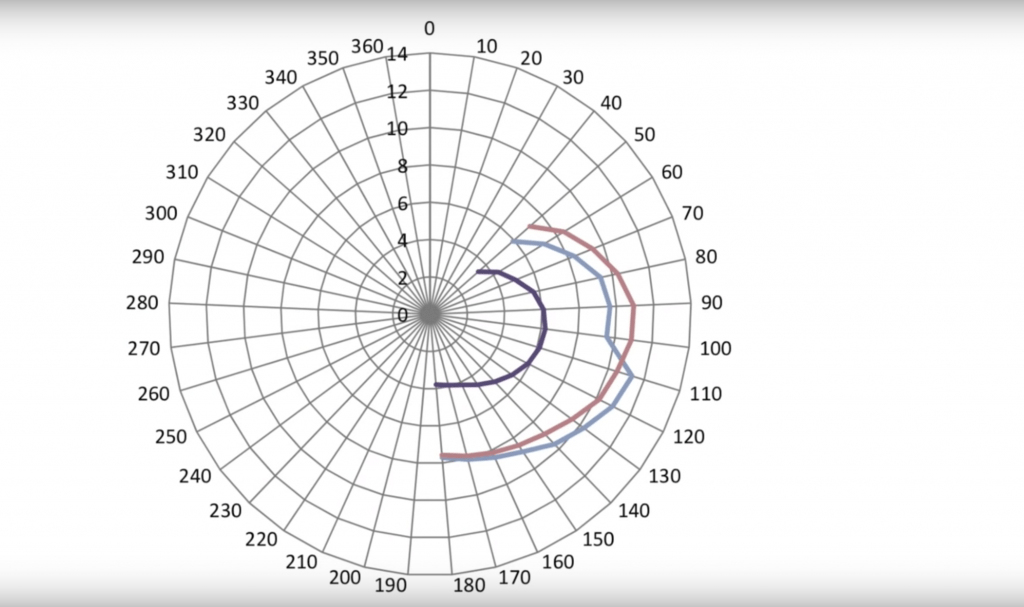[embedded content]
Fontaine Pajot have recently bought out the Astrea 42, a production catamaran designed and manufactured in France.
Fontaine Pajot have been making catamarans for decades, and they are hugely popular. We have always liked the lines of the more recent FP catamarans, and for a while we had the Helia (now succeeded by the new 45, not yet named) at the top of our list of favourites. That’s changed now, and I’ll explain why below. As always, let’s break down our review of the Astrea 42 into different categories to better assess the various components of a liveaboard cruiser.
Safety & Design
This category looks at the safety and practical design of this Astrea. We consider the following factors:
- Liferaft position
- Helm position
- Visibility
- Safety features
- Practicality while on watch and underway
The helm is a strength of this catamaran. It’s divided into two: an enclosed helm seat with the wheel and all electronics at your fingertips; and, in front of that, the sailing area where the winches and lines are. This allows plenty of space for one person to helm and another to work the sails. The helm seat is very comfortable and has a fibreglass barrier between the helm and the side deck, making it very safe. There’s also great forward visibility, although slightly obstructed rear visibility. For docking, that could present a challenge.
The liferaft position is less than ideal: it’s under the stairs leading to the helm. We’re concerned that this would not be the easiest position from which to deploy it, and we’d look to moving it closer to the transom.
There are not enough grab rails along the coachroof, and no other hand holds apart from a little lip- this is quite unsafe, and would require more hand rails to be added.
We’re giving this category a 6/10 due to the lack of hand holds, obstructed visibility aft, and poor liferaft position.
Build Quality
Let’s move on to the next category, which is build quality. We look at the following as part of our assessment:
- Hull construction
- Joinery
- Fittings and latches
- Engine bay
- Steering mechanism
- Overall robustness
The engine bay reveals a steering mechanism that we are not happy with. The tie rod is a thin aluminium tube, held to the rudder stock by an 8mm bolt. Our opinion- which is not a professional opinion, we must point out- is that these joints should be rose joints, which are better equipped to deal with the wear and tear of the thousands of rudder movements on long ocean passages. It has to be pointed out that Fontaine Pajot’s competitors- Leopard and Lagoon- both have much sturdier, over-engineered steering mechanisms, with rose joints.
We also witnessed the hard top bimini flexing worryingly on what was a very windy day. No other hard top on any other catamaran we went on displayed any flex whatsoever during these windy conditions.
Inside, the build quality was hit and miss. We saw some nice touches in the galley such as the routed corion work surfaces. However, the overall quality did not impress: inside cupboards and drawers were white melamine, and there were very few solid wood facings in high traffic areas. We feel that the inside of the boat would wear quite quickly as the veneer chips in these areas.
We can only give this category a 4/10.
Interior Design
This category takes into account everything that makes a catamaran comfortable and pleasurable to live on. We look at:
- Aesthetics
- Comfort
- Guest accommodation
- Ventilation
- Shower access
- Headroom
- Berth size
- Galley
- General layout and liveability
One of Fontaine Pajot’s strengths is how attractive their boats are, both inside and out. The overall design and aesthetic of this boat is very good. This is an extremely comfortable catamaran.
The galley and saloon area is a wonderful, bright space with good ventilation. The cockpit has ample seating and lounging options, and the cushions themselves are soft and very comfortable.
The hulls are wide enough to allow for island berths in both aft cabins, as well as the forward guest cabin (impressive in a 42 foot boat); however the ventilation in the cabins- only two opening hatches- could be improved.
Particularly impressive is the shower room. It’s very spacious, with a walk-in shower area.
Overall, we really liked the design and liveability of this catamaran so it’s scoring 8/10.
Performance
Let’s take a look at some statistics.
- Length: 12.58 metres
- Beam: 7.2 metres
- Draught: 1.2 metres
- Weight: 11.5 tonnes
The polar diagram suggests a top speed of about 11 knots.
Because of the poor pointing ability and she is- on paper- a little slower than her nearest rival, the Lagoon 42, we believe she has below average performance, so we’re scoring her 4/10.
Value for Money
The base price for the Astrea is €360,000.
Fully specc’d, that price increases dramatically to €530,000.
We’re awarding this category 4/10.
Our total score for the Astrea 42 is 26/50.
Now, YOU can submit your scores, which you can do via this link!
Simply tick the box of the catamaran you wish to score (only videos we’ve already released will be available), then use the sliders to score each category, then click the VOTE button. Easy! (But if you need further instructions, you can find them here).
Make sure you leave a comment with your score and thoughts so we can keep the conversation going!
Cheers,
Nick & Terysa
